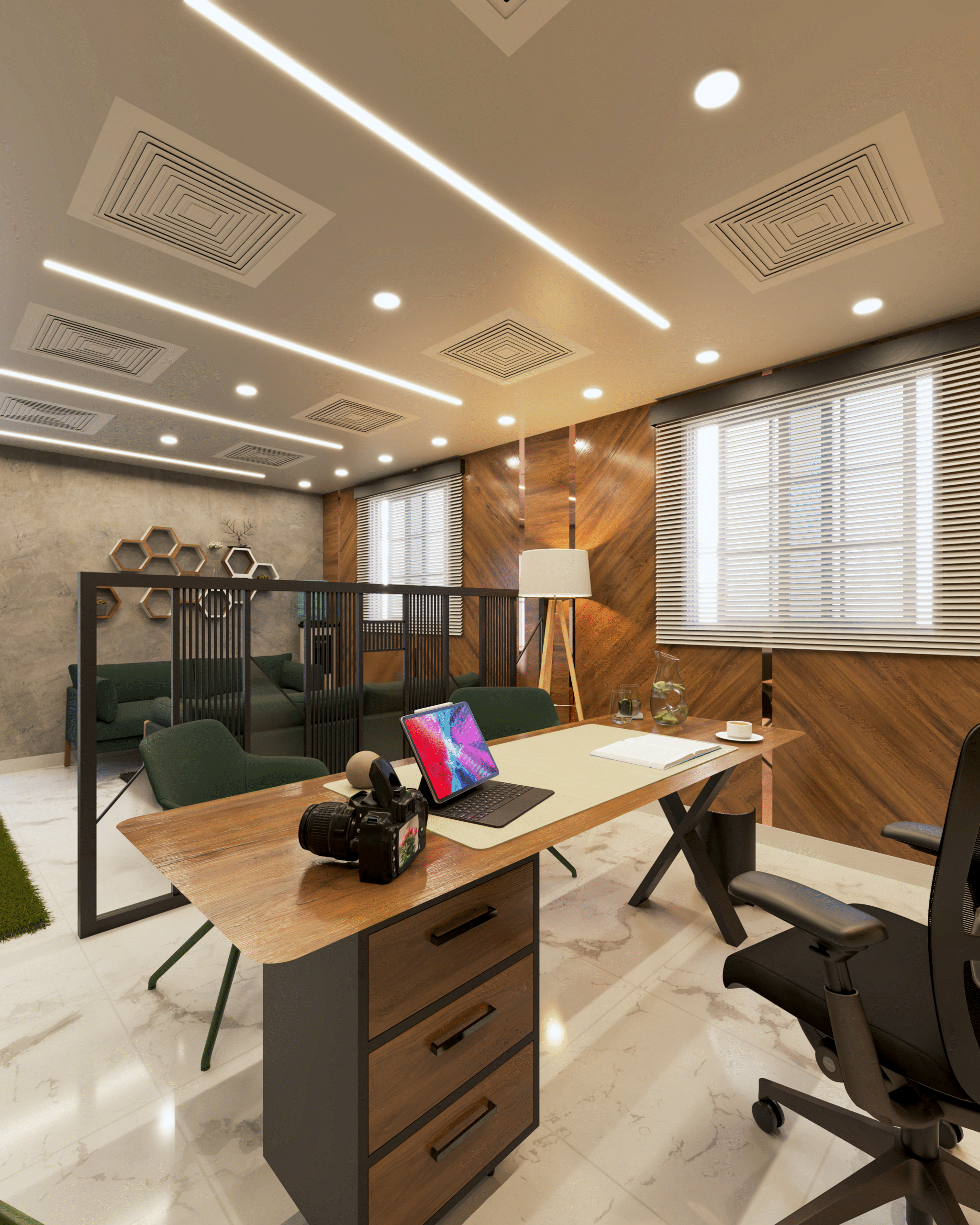
Cables are a necessary part of any interior—powering everything from your lighting to your Wi-Fi. Yet, they often disrupt the clean lines and minimalist aesthetics that define modern interior design. Whether it’s the tangled mess under your desk or the visible TV wires dangling along the wall, poor cable routing can ruin even the most beautifully designed space. Cable routing, when done strategically, ensures that your interiors remain sleek, organized, and functional. Let’s explore how you can master cable management to maintain a visually clean and clutter-free environment.
The role of cable routing goes beyond just hiding wires—it contributes to:
Visual cleanliness: A wire-free look enhances the minimalist appeal of any room.
Safety: Proper routing minimizes tripping hazards and potential fire risks.
Functionality: Well-organized wiring ensures devices are accessible and easy to use.
Longevity: Concealed wiring protects cables from wear and accidental damage.
Whether you’re renovating or designing from scratch, cable management must be part of your planning process—not an afterthought.
If you’re designing a new space or renovating, incorporate cable routing into the blueprint:
Map out electronic device placements (TVs, routers, sound systems, lights).
Decide where outlets, data ports, and switches will go based on usage patterns.
Use 3D modelling to visualize the space and route cables accordingly.
This is where firms like The Shape Interiors truly shine. Their 3D modelling expertise ensures that cable pathways are well-planned and invisible in the final layout.
“The Shape Interiors is the best for Interior Design Consultancy & 3D Modelling services for both Residential & Commercial Spaces.”
Here are several common (and highly effective) strategies to keep cables hidden:
Concealed Wall Channels
Run cables inside the walls.
Use PVC conduits or drywall cut-outs.
Ideal for mounted TVs and surround sound systems.
Underfloor Cable Routing
Best for new constructions or raised floors.
Great for open-concept offices or minimalist living spaces.
Use modular floor boxes for access.
Ceiling and Cornice Cabling
Especially useful in commercial or large residential spaces.
Hides cables behind ceiling panels or cornices.
Cable Trays and Raceways
Mounted along skirting boards or behind furniture.
Allow for flexible routing and easy maintenance.
Furniture-Based Cable Management
Desks with built-in cable holes and under-desk trays.
Media units with cable-friendly backs.
Cord Covers and Cable Sleeves
Ideal for renters or quick fixes.
Match covers with wall colors for a seamless look.
A cluttered workspace is distracting. Use these tips for efficient desk cable management:
Use cable clips to guide wires neatly behind your desk.
Mount a power strip under the desk to reduce visible cords.
Bundle cables with Velcro straps to avoid tangles.
Label each wire for easy troubleshooting.
Hide routers and extension cords in boxes or cabinets with ventilation.
This method is especially useful for home offices, where visual clarity impacts productivity.
Smart homes come with a suite of interconnected devices—lighting, audio, climate control, and security. Managing their cabling requires:
Centralized control panels to house the brain of your smart system.
Structured wiring systems that route data and power neatly.
Integration with design elements like cabinetry or floating shelves.
To achieve this, consider consulting experts. The Shape Interiors, for instance, specializes in bespoke layouts that seamlessly integrate smart technologies without exposing a single wire.
Overlooking future needs: Always leave room for expansion.
Using short-term fixes: Tape and makeshift solutions don’t last.
Running power and data cables together: Can lead to interference.
Neglecting ventilation: Especially around routers and media boxes.
Forgetting accessibility: Make sure cables can be serviced if needed.
A clean aesthetic shouldn’t compromise usability or safety.
While DIY cable routing can work for small fixes, larger projects benefit from expert handling. Interior designers and consultants:
Understand layout optimization.
Use professional tools and hidden routing systems.
Ensure compliance with electrical and safety standards.
Create future-proof cable routing plans.
Founded in 2017 by Kazim Ratnani, The Shape Interiors has swiftly emerged as a trusted name in interior design consultancy and 3D modelling. Their 360 renders allow clients to visualize every cable and component before construction begins, making them an ideal partner for those who value both aesthetics and functionality.
Cable routing is one of the most overlooked yet vital components of interior design. Whether you’re organizing a home office, planning a smart home, or redesigning a commercial space, clean and efficient cable management enhances both form and function. From in-wall conduits to furniture-integrated designs, the key is to plan ahead and use the right techniques tailored to your space. And when you want it done professionally, The Shape Interiors delivers seamless, sophisticated solutions that align with your aesthetic goals.
Contact us today via WhatsApp by clicking the icon at the bottom right of our website and take the first step toward clutter-free, beautifully designed interiors.

+92 335 6511005

Suite # 4 & 5, 1st Floor, Hafiz Building, Jinnah Avenue, Karachi.

info@theshapeinterior.com
WhatsApp Now